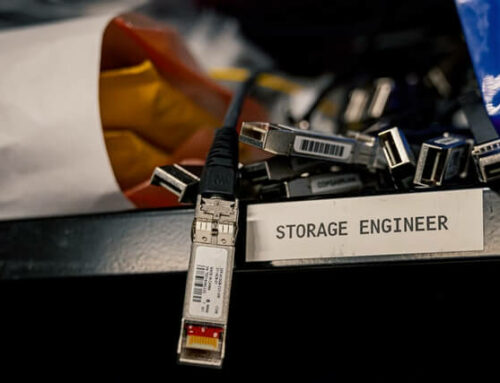Last month, the Mobile World Congress in Barcelona introduced the next generation of cellular network technology: 5G. While 5G has been the predicted next step in the mobile world, the actual upgrade of cellular devices to a 5G network is still a few years off. The next step may be a more understated change — the use of data centers to the cloud.
From Base Station to Data Center
Alcatel-Lucent, Intel and China Mobile recreated a trial that virtualized an LTE radio access network on a server. This process takes the most intricate and costly part of a cellular network, the base station, and puts it into a data center. By doing this, a mobile carrier no longer needs to worry about building enough processing capacity into every cell to handle peak traffic conditions. Instead, processing resources will be provided to the parts of networks where they’re most needed. Future mobile networks would simply be updated by software upgrades rather than rip-and-replace overhauls, and a network could run on racks of servers instead of base station gear.
Software-defined Networking
Alongside Alcatel and Intel, other major vendors like Cisco Systems, Juniper Networks, Ericsson, and Nokia are also perusing some variety of software-defined networking. Alcatel-Lucent Vice President of Product Market, Manish Gulyani, admits that “it will take several years before mobile carriers and ready to shut down their base stations,” but virtualization of the network has already begun. “It’s starting in the core and moving outwards,” Gulyani says. “We should see first commercial launches of cloud-based voice-over-LTE services next year. In 2016, carriers will be ready to move the big honking signaling gateways onto software. And after that we’ll start the first implementation of a virtual radio network.”
5G Network: A Shift to the Cloud
The transformation of base station to cloud will be a gradual one. It will begin with carriers creating a “split-processing” architecture. Base stations will do all of the signal processing grunt work, while data centers will perform higher order baseband functions. Cell sites will be downgraded to radios, antennas and backhaul links to data centers. Intel has changed the mobile network’s highly specialized digital signal processors to off-the-shelf Xeon and Atom chips. Moving to a server architecture means cheaper and more multipurpose hardware. Instead of having to install specialized boxes for all network elements, those elements are instead virtualized in software on one computing platform.
The construction of a high-powered, 5G network may not have to require a show of cranes, trucks and an excess of field technicians. Building a fleet of massive data centers would be all it takes to make cloud based mobile networking the way of the future.
Sources:
The next big step for cellular networks isn’t 5G. It’s the cloud.












